The world has an affinity for technology. And while technology brings a lot of fantastic value to the table, it also, unfortunately, has shortened the attention span of humans. Since learners, and people in general, tend to become easily distracted, it’s important to shift focus to educational methods - such as microlearning - that are catered to deal with this issue. But how does one know how to design instruction for microlearning?
What is Microlearning?
Before delving into how to design for microlearning, it’s imperative to understand the definition of the concept.
According to the Association for Talent Development (ATD), microlearning “enhances learning and performance in the most efficient and effective manner possible through short pieces of content.” Typically, microlearning content may be accessed at any point in time by the learner. Some examples of microlearning include video; games; articles; podcasts; infographics; easy-to-understand visuals; and more. The key is that the content should be in bite-sized pieces that are easy to consume while learners are also working full-time jobs and taking care of other aspects of their lives.
The Effectiveness of Microlearning
Because microlearning is designed to present information in smaller pieces than other traditional education methods, it’s considered quite effective for learners who have difficulty focusing on long-form content. In fact, according to ATD, past studies have shown that “learners learn best and are more likely to recall learning when they can process information through small, manageable chunks instead of through a longer and more concentrated time frame.”
And, since microlearning normally occurs by using technology, it makes it easy for learners to access their courses and materials whenever, wherever.
Designing for a Microlearning Platform
Since microlearning differs from other teaching and training approaches, there are best practices that should be followed when designing instruction. Some ideal practices for designing microlearning courses include:
Once Concept Per Lesson
The basis of microlearning is breaking up broader, overarching concepts or ideas into more manageable portions. Because of this, it’s best to only focus on one topic per module. Of course, it’s possible to have more than one module per lesson, but break up the larger ideas into smaller topics that will be easier to cognitively retain.
Use Different forms of Media
As a trainer, it’s important to put yourself in the shoes of the learner. How would you feel if you were presented with pages upon pages of text as an assignment to learn a concept? For most learners, this can be overwhelming. So when designing for microlearning, it’s ideal to break up the monotony of lessons by using mixed media such as relevant images, graphics, videos, podcasts, and more. Introducing content in different formats is a wonderful way to appeal to different types of learners and also gives the information in a way that doesn’t feel redundant.
Allow Learners to Customize
As discussed in our post titled Learning Ecosystems and Professional Development, collaboration and customization of the learning process is key for providing a positive learning environment for all different types of learners. When it comes to microlearning, a customizable module allows each learner to shape their learning experience to their own needs. Safety Mentor’s learning experience platform, or LXP, is the perfect way to allow your learners to customize their learning journey.
Contact Safety Mentor to learn more about how our LXP can help with your microlearning experiences.





